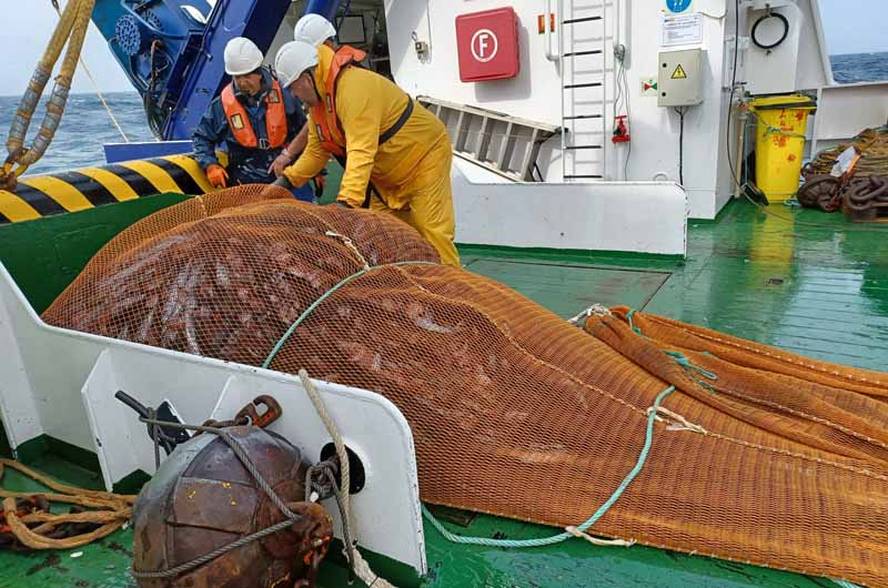AZTI explains how the chicharro and verdel have adapted to the warming of the sea

According to the AZTI technology center, for each degree of warming of the sea, the verdel unleashed 370 km north, while the chicharro advances about 12 days reproduction.
The study, published in the journal Ecological Indicators, has explained that since 1992 the data collected in the oceanographic campaigns of chicharro and verdel eggs in northeastern Atlantic waters have been analyzed, since the era of laying is critical throughout its life cycle. According to AZTI, results can be used to adapt fisheries management strategies and improve forecasting models for climate change.





